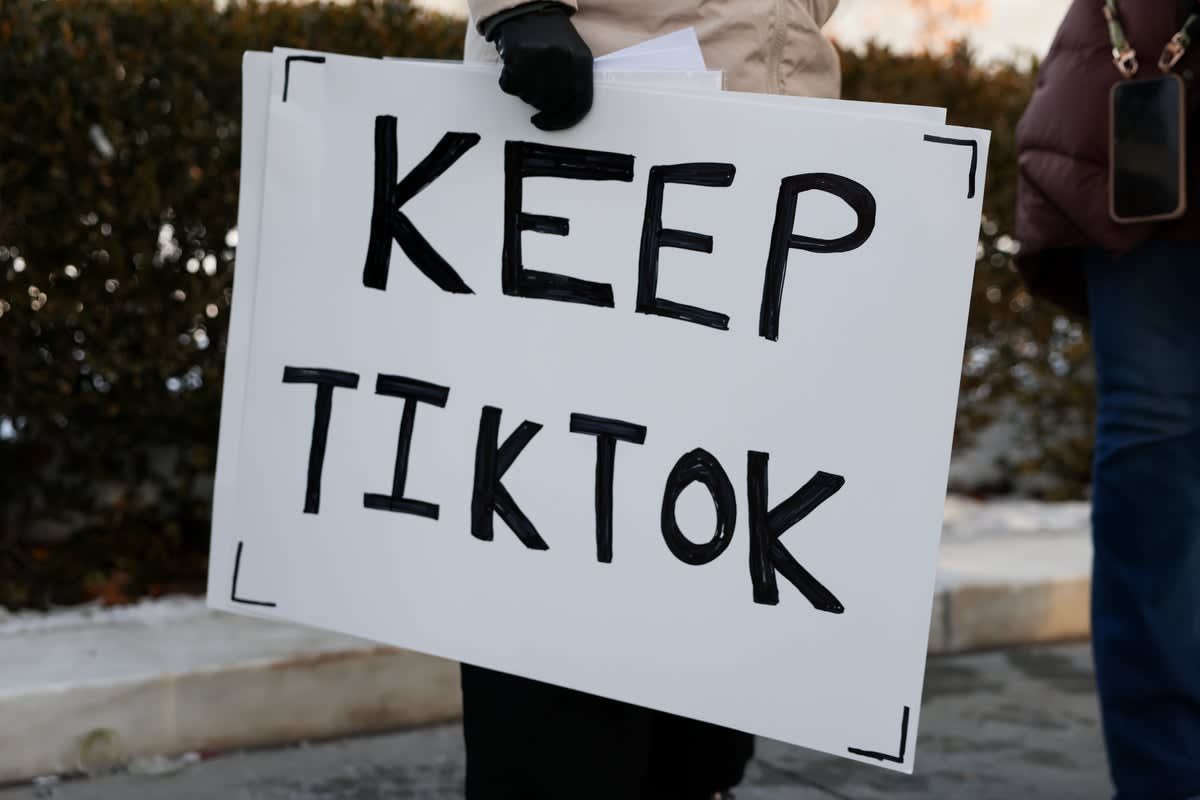Supreme Court Upholds Law Banning TikTok in U.S. What’s Next?
The end seems nigh for TikTok in the U.S.
Join Our Community of Science Lovers!
On Friday the Supreme Court affirmed that it would be legal to force TikTok owner ByteDance to sell the immensely popular app to a non-China-based company or to ban it in the U.S. Last week an attorney for TikTok had argued before the Supreme Court that a bipartisan law that mandated the sale or ban infringed on the company’s First Amendment rights. The Court disagreed. In an unsigned opinion, the justices wrote that the U.S. government’s security concerns—“countering China’s data collection and covert content manipulation efforts”—were “compelling” and that the law “was narrowly tailored to further those interests.”
As a result, TikTok—which about 170 million Americans use to watch short-form videos and shop—is likely to close in the U.S. as soon as next Sunday. (TikTok didn’t immediately respond to a request for comment from Scientific American.) TikTok’s attorney told the Supreme Court last week that when the law goes into effect on January 19, the app will “go dark.”
If you’re enjoying this article, consider supporting our award-winning journalism by subscribing. By purchasing a subscription you are helping to ensure the future of impactful stories about the discoveries and ideas shaping our world today.
Reuters reported this week that TikTok plans to formally shut down in the U.S.: it will greet users with a message about the ban and give them an option to download their own data from the app.
If TikTok were to remain active in the country, the law would penalize Internet service providers for permitting access to the platform on a browser. Although the law does not make it illegal for people in the U.S. to have TikTok on their phones, it fines app stores, such as Apple’s or Google’s, whenever people download or update TikTok. Because the fines are up to $5,000 per user (which, multiplied by millions, would add up extremely quickly), app stores are expected to remove TikTok next Sunday. If users cannot update TikTok, the app will eventually stop working anyway.
Hundreds of thousands of U.S. TikTokers have joined other apps. These have included a newly popular China-based app named RedNote.
Additionally, there are potential work-arounds for the U.S. ban—namely, virtual private networks, or VPNs. In India, which banned TikTok in 2020, users have accessed the blocked app via these networks; they can make traffic appear as though it’s coming from a country where TikTok is allowed. This is not necessarily an easy solution, though. People in the U.S. may need a foreign billing address to access TikTok, one popular VPN service has pointed out, and their other apps or subscriptions could stop working.
TikTok says the answer to the first question is “pure fiction.” (Meanwhile YouTuber James Donaldson, aka MrBeast, joked/mused this week about whether he should purchase the app.) TikTok’s consistent public stance has been that it is not for sale. A few Democratic members of Congress introduced a bill this week to extend the TikTok ban deadline by 270 days, but Republican senators squashed that.
As for that last question, when asked if he would take measures to reverse the ban, Trump told CNN that he’ll “be making the decision.” Trump is reportedly considering an executive order that would delay enforcement of the ban for 60 to 90 days, according to the Washington Post. But because presidents do not have the authority to overrule a law via executive order, how he might do so remains to be seen. That said, given Trump’s history, it is difficult to predict what will happen after he takes office next Monday.
Editor’s Note: As the Supreme Court has upheld the U.S. TikTok ban, many organizations that have been active on the platform, including Scientific American, are adapting to this shift. We want to let you know that you can still find our videos on Instagram and YouTube.
Source: www.scientificamerican.com
